Technology
Apple to unveil iPhone 17 lineup with game changing iPhone Air at awe dropping event
From a slimmer iPhone Air to Apple Watch Series 11 and new AI promises, Cupertino prepares for a showcase that could reshape the brand’s future.

When Apple hosts its annual product showcase, the world tunes in. This year’s event, teased as “awe-dropping,” is no exception. Scheduled at the Steve Jobs Theater in Cupertino, California, the 2025 unveiling promises more than just another update—it could redefine what we expect from smartphones.
At the heart of the buzz is the rumored iPhone Air, a brand-new addition to the iPhone 17 lineup. Expected to be the thinnest and lightest flagship yet, the Air seems designed to echo the company’s sleek MacBook Air legacy. Analysts believe it could spur massive upgrade cycles among users holding on to older devices.
A slimmer design with a big message
Leaked images and reports suggest the iPhone 17 range—Standard, Pro, and Pro Max—will be joined by the all-new Air. For a company often criticized for incremental design tweaks, the Air represents a bold shift. Tim Cook, Apple’s CEO, has not confirmed the details but has allowed speculation to build.
Tech insiders note that slimming the iPhone while maintaining powerful cameras and battery performance is no small feat. The move signals Apple’s willingness to push boundaries again, especially at a time when competitors like Google and Samsung are gaining ground in design and AI innovation.
Apple’s other announcements: Watch, AirPods, and more
Beyond the iPhone, Apple will introduce the Apple Watch Series 11, extending its dominance in the wearables market. A surprise update to the AirPods is also expected. The most talked-about rumored feature? Live translation. If true, this would finally match Google’s Pixel Buds, which have offered real-time translation for years.
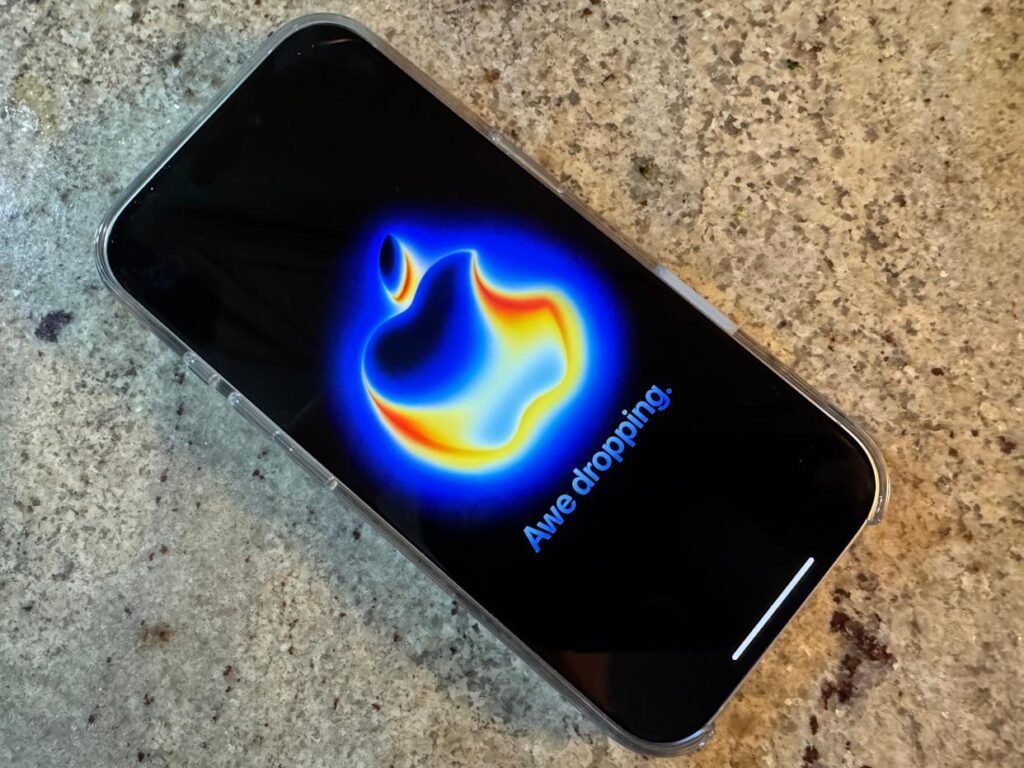
Apple is also preparing to roll out timelines for iOS 26 and macOS Tahoe, both designed to support the AI-heavy features the company branded as Apple Intelligence in 2024.
Tariffs and Trump’s shadow
While tech fans focus on the products, business analysts are watching geopolitics. Former President Donald Trump’s tariffs on Chinese imports threaten to disrupt Apple’s global supply chain. A heavy levy on China could send prices soaring. Some reports even floated a doomsday scenario of a $2,000 iPhone.
Yet Cook has proven adept at navigating crises. Apple has already shifted major parts of its production to India and flown large shipments into the United States before tariffs took effect. It’s a logistical ballet that shows just how dependent Apple remains on global trade.
Siri, AI, and the Gemini question
One of the biggest questions hanging over the event is Apple’s stance on AI. Critics argue the company is trailing behind Google, Microsoft, and OpenAI when it comes to generative AI.
Last year, Apple pledged a full overhaul of Siri but failed to deliver. This year, Cook has promised a “more personalized Siri” in 2026. Reports suggest Apple has even been in talks with Google to integrate its Gemini AI models, similar to how Google already powers Apple’s Safari search.
If true, this would be a rare admission that Apple needs outside help to stay competitive in the AI race. Wall Street will be watching closely.
The investor angle
For investors, the question isn’t just what Apple will launch but how the market will react. Last year’s mixed reception to Apple Intelligence highlighted a growing skepticism. Can Apple convince buyers that it is still the leader in innovation, not a follower?
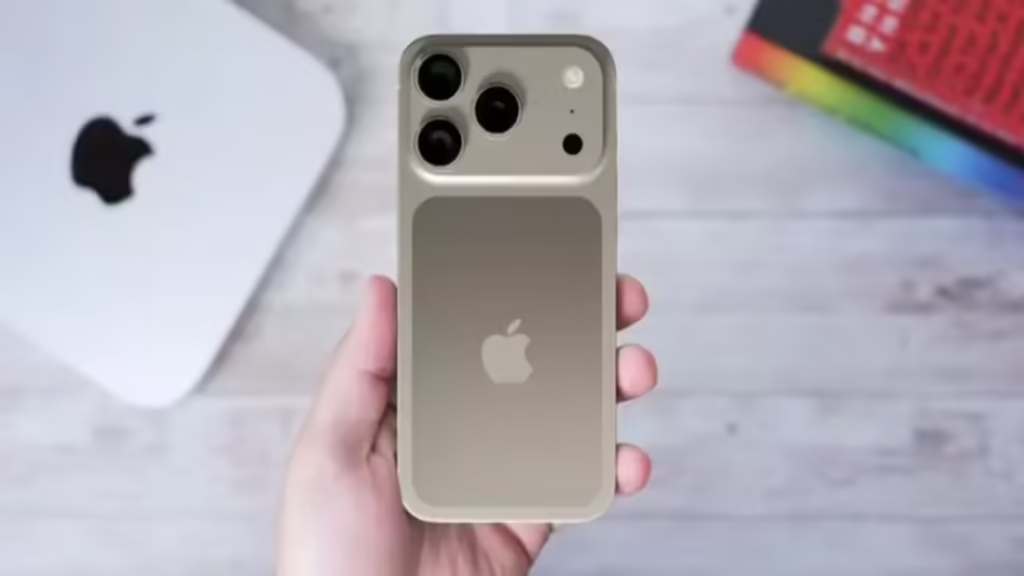
The new iPhone Air could play a pivotal role. A lighter, thinner, and potentially more affordable option might capture users who skipped the last two or three upgrade cycles. The AirPods translation rumor could also open the door to new revenue streams in global markets.
A rare promise on the line
Apple is known for keeping its word, which makes last year’s undelivered Siri upgrade especially glaring. Tech historians note that Apple rarely leaves its fans waiting without payoff. This year, Cook faces the dual challenge of unveiling hardware that stuns and software that feels future-ready.
Will Apple rise to the occasion? The answer will arrive at 10 a.m. PT in Cupertino.
What it means for everyday users
For most consumers, the stakes are personal. Will the iPhone Air finally offer a slimmer phone without sacrificing performance? Will tariffs raise the cost beyond reach? Will Siri finally become the AI assistant users actually want?
Apple’s answers will shape not just its bottom line but the daily lives of hundreds of millions of users worldwide. As always, Apple’s event is more than a product launch—it’s a cultural moment.
Visit our site for more news www.DailyGlobalDiary.com
Technology
OpenAI unveils Sora 2 app to take on TikTok and YouTube… but copyright battles may be looming
The AI giant introduces a swipe-and-scroll video platform that lets users insert themselves into AI-generated worlds, setting up a new clash with TikTok, YouTube, and Meta.
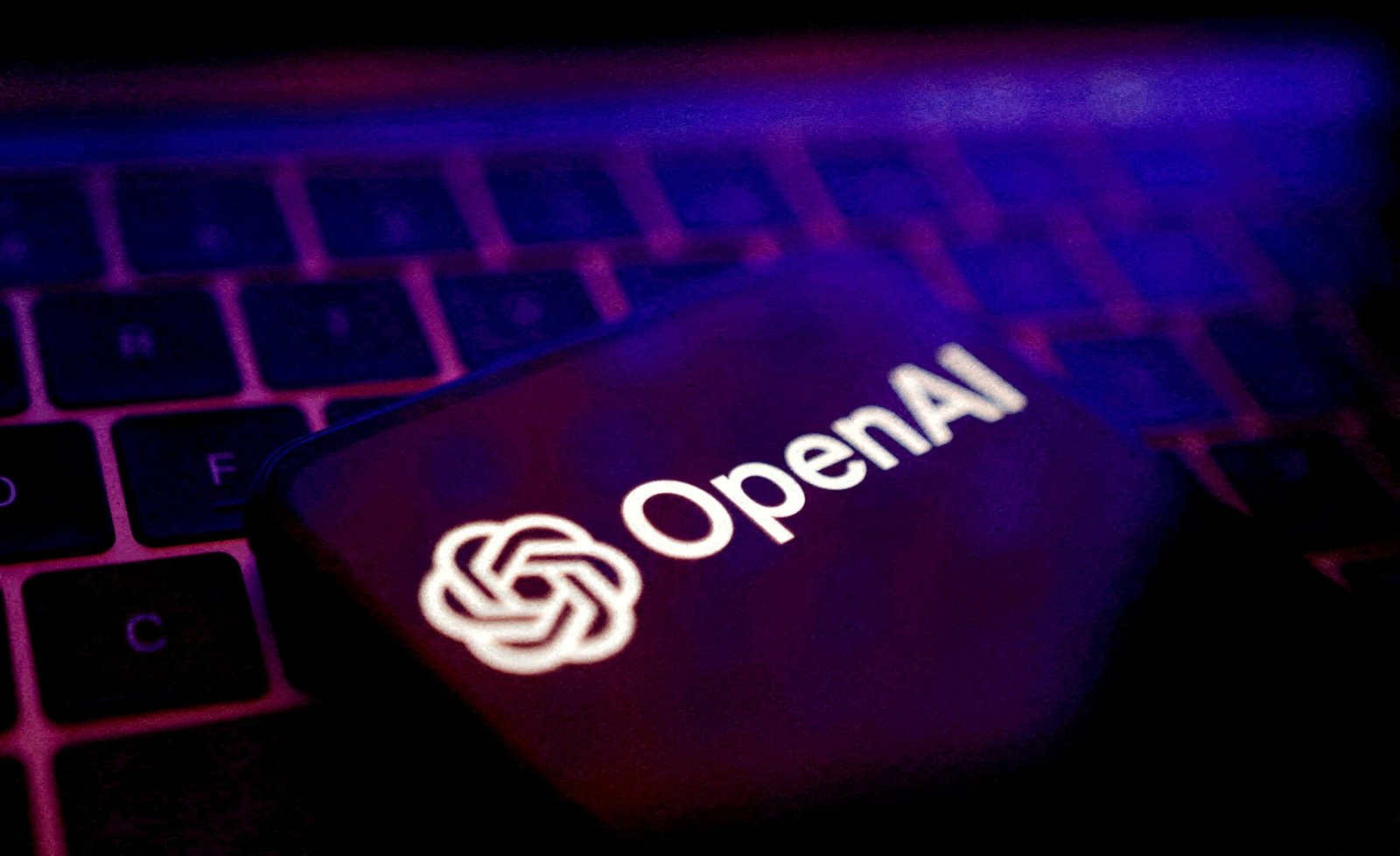
OpenAI is moving beyond chatbots and into the social media battleground. On Tuesday, the company announced Sora 2, an AI-powered video generator app that allows users to create high-definition short clips with audio, using nothing more than text prompts.
The app, which borrows heavily from the swipe-and-scroll design of TikTok, Instagram Reels, and YouTube Shorts, will first roll out in the U.S. and Canada on an invite-only basis via Apple’s App Store.
From text to full scenes
Unlike traditional video platforms, Sora 2 doesn’t just let users upload footage — it lets them create worlds. Users can write prompts describing scenes, styles, or moods, then generate fully-produced video clips complete with background audio. In a move that could disrupt influencer culture, people can also upload short clips of themselves and be inserted seamlessly into AI-generated environments.
The company says its vertical feed will use an algorithmic recommendation engine to boost content that feels most engaging to individual users.
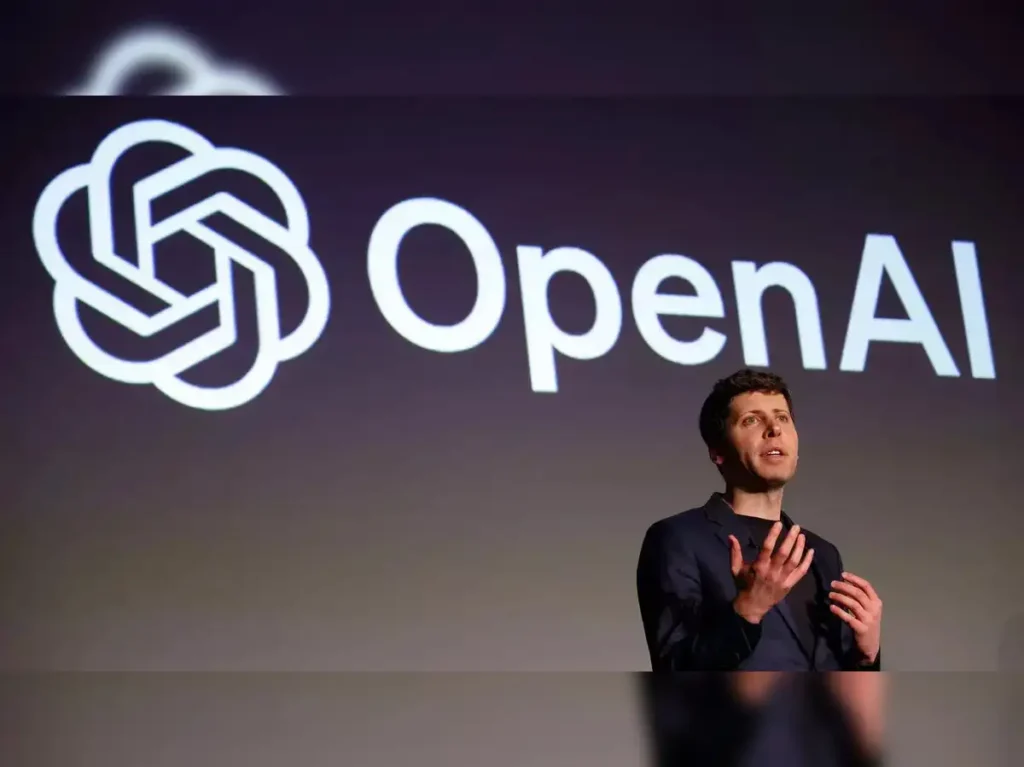
A crowded field of rivals
OpenAI’s launch comes amid fierce competition. Google recently integrated its Veo 3 AI video generator into YouTube, while Meta has rolled out its own stream of short-form AI-created videos. TikTok has already introduced its AI Alive tool, which lets users transform static images into moving video content.
The question now is whether Sora 2 can stand out. With a design nearly identical to TikTok’s feed, industry watchers suggest OpenAI is betting that its AI technology will make the difference.
Guardrails and nudges
To address concerns about “doomscrolling,” OpenAI says the infinite scroll function will be switched off by default for users under 18. For adults, the app will occasionally nudge viewers to start creating instead of endlessly consuming. Content will also be marked as AI-generated if exported off the platform, in a bid to increase transparency.
Still, not all the hurdles are technical. Mark Lemley, a professor at Stanford Law School, warned that copyright could become the company’s biggest challenge:
“I think they are certainly opening themselves up to lawsuits in particular cases,” Lemley told the Wall Street Journal, noting that OpenAI could face disputes over copyright material appearing in generated videos.
His caution isn’t without precedent. Anthropic, another AI company, recently agreed to pay at least $1.5 billion to settle a lawsuit over training its models on pirated books.
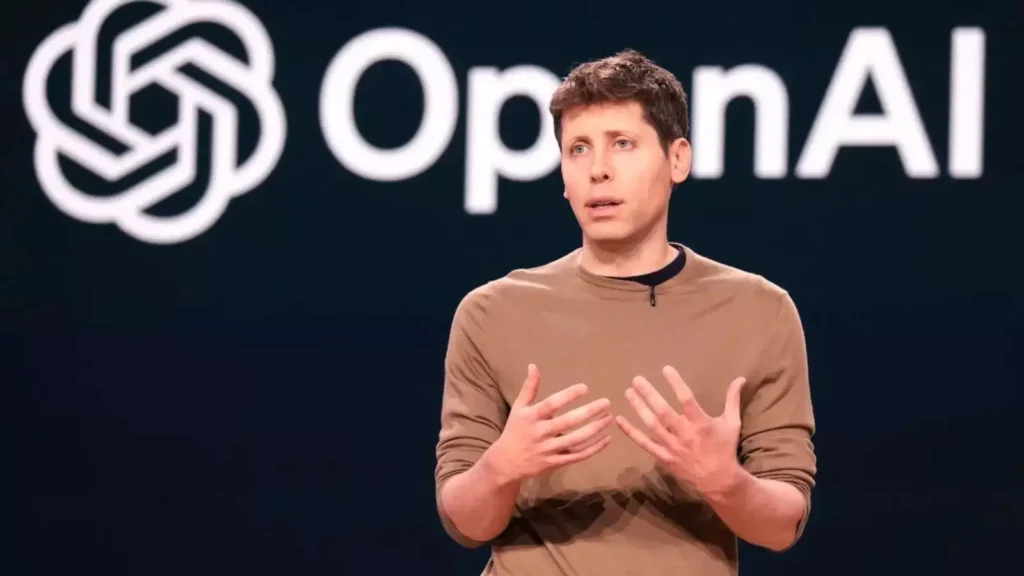
A delicate balance for creators
OpenAI insists it will allow copyright holders to opt out, but the system currently permits copyrighted material unless owners actively remove their works. For creative industries already wary of AI, that is unlikely to be reassuring.
At the same time, the company is striking licensing deals. The Wall Street Journal reported that News Corp — its parent company — has already signed a content agreement with OpenAI, highlighting the divide between publishers who see opportunity in AI partnerships and those who see threats.
The next wave of AI-driven entertainment
For OpenAI, Sora 2 represents more than just an app — it’s a step toward capturing user attention in the same way TikTok, YouTube, and Instagram dominate today. If successful, it could redefine how short-form content is created and consumed, blending human presence with entirely synthetic worlds.
But with regulators watching closely, rivals sharpening their tools, and copyright lawyers circling, the company may find that generating videos is the easy part. Winning the trust of creators, rights holders, and users could be the real test.
For more Update http://www.dailyglobaldiary.com
Technology
Anthropic launches Claude Sonnet 4.5 insiders say AI model codes apps runs audits and even buys domains
The new Claude Sonnet 4.5 AI from Anthropic promises production-ready coding performance, raising the stakes in its battle with OpenAI’s GPT-5.

The race to dominate the AI frontier has entered a new chapter. On Monday, Anthropic unveiled its latest model, Claude Sonnet 4.5, claiming it delivers state-of-the-art performance for coding tasks. More than just building prototypes, Anthropic insists the model can generate “production-ready” applications, marking a significant leap in reliability compared to its predecessors.
ALSO READ : SEC says DePIN tokens not securities shocking no-action letter sparks hope for crypto builders
Claude Sonnet 4.5 is available immediately via the Claude API and the Claude chatbot. Pricing remains unchanged from its predecessor, Claude Sonnet 4: $3 per million input tokens and $15 per million output tokens — the same cost structure that made the model competitive for developers building at scale.
Coding power beyond benchmarks
Anthropic emphasizes that the model has achieved industry-leading results on benchmarks like SWE-Bench Verified. But company researcher David Hershey told TechCrunch that numbers don’t fully capture its capabilities.
“I’ve seen Claude Sonnet 4.5 code autonomously for up to 30 hours,” Hershey said, recalling trials with enterprise customers. “It didn’t just build an application — it stood up database services, bought domain names, and even performed a SOC 2 audit to make sure everything was secure.”
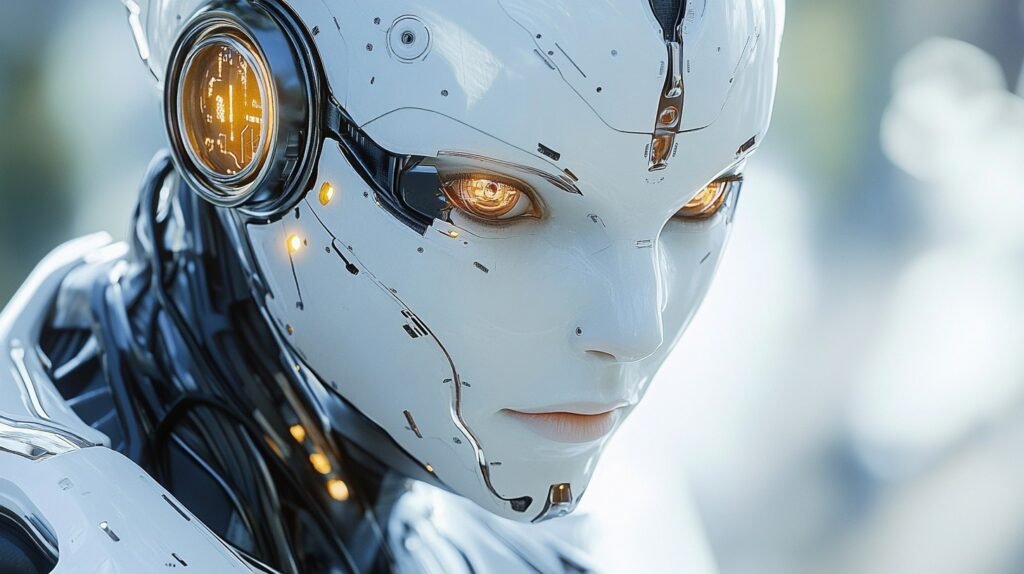
Such long-horizon performance has drawn praise from developers already experimenting with the tool. Michael Truell, CEO of coding startup Cursor, called Claude Sonnet 4.5 “state-of-the-art coding performance.” Meanwhile, Jeff Wang, CEO of Windsurf, described it as a “new generation of coding models.”
Competition heats up with GPT-5
Claude’s release comes as OpenAI ramps up its rollout of GPT-5, which has outperformed Claude in several coding benchmarks over the past two months. The rivalry between the two AI giants — backed by Amazon, Google, and Microsoft on one side and Anthropic’s investors on the other — has made the AI landscape more volatile, with new “flagship” releases arriving every few months.
Apple and Meta are among the major companies reportedly using Claude models internally, and Anthropic has built a thriving business selling API access for coding platforms like Replit, Cursor, and Windsurf.
Safer, smarter Claude
Anthropic also stressed that Claude Sonnet 4.5 is its most aligned frontier AI yet. According to the company, the model is less prone to sycophancy, deception, and prompt injection attacks, issues that have plagued generative AI in production environments.
The launch also included two key additions:
- Claude Agent SDK, the same infrastructure behind Claude Code, designed to help developers build custom AI agents.
- Imagine with Claude, a temporary research preview for Claude Max subscribers, showing the model’s ability to generate software on the fly, responding in real time without pre-written code.
Rapid cycles, high stakes
This release comes less than two months after Claude Opus 4.1, highlighting the breakneck pace of development in the AI industry. With every update, Anthropic and its rivals face the same challenge: delivering meaningful improvements fast enough to stay ahead in an intensely competitive market.
For now, Anthropic hopes Claude Sonnet 4.5 can hold its own against GPT-5, offering developers the kind of reliable, autonomous coding performance that could transform how software is built.
As Hershey put it: “Benchmarks matter, but watching Claude build something real, end-to-end, is where you see its true power.”
Technology
Google shocks crypto world with $3B deal for Cipher Mining stake but here’s the twist
Google secures a 5.4% stake in Cipher Mining by backing $1.4B obligations in a multi-year AI data center partnership with Fluidstack
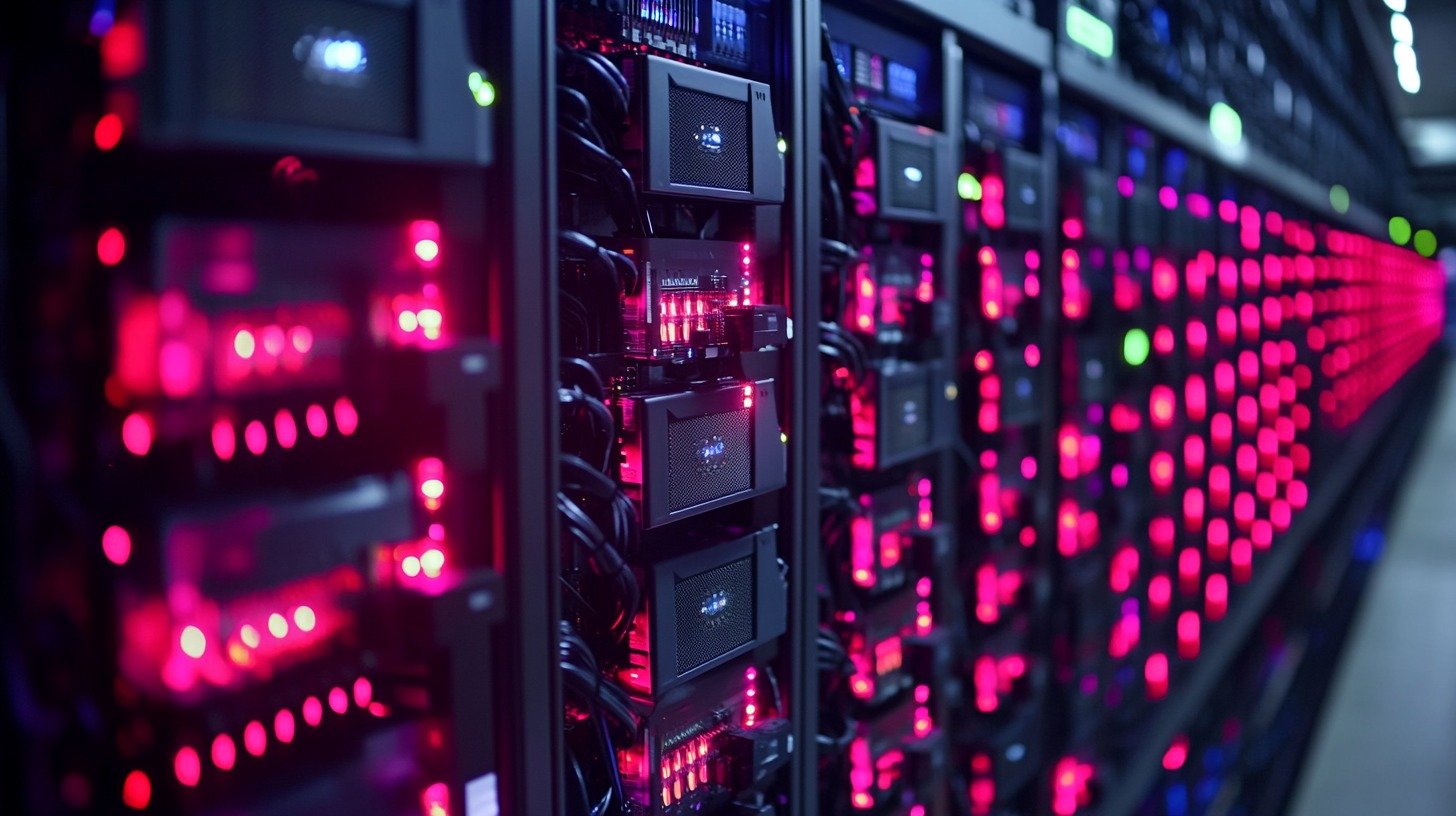
In a move that blends the worlds of artificial intelligence and cryptocurrency, Google has taken a surprising 5.4% equity stake in Cipher Mining. The deal, valued at $3 billion, ties directly to the company’s long-term strategy of expanding its role in high-performance computing (HPC) while keeping a firm foot in the evolving crypto-AI crossover.
ALSO READ : Snoop Dogg stuns AFL fans with 5 bold promises before grand final show
According to Cipher’s announcement on Thursday, Google agreed to backstop $1.4 billion of obligations owed by Fluidstack, an AI data center provider, in exchange for roughly 24 million shares of Cipher common stock. The agreement effectively gives the tech giant a 5.4% pro forma equity ownership in the Texas-based mining firm.
A bigger play in AI data centers
This transaction forms part of Fluidstack’s broader $3 billion, 10-year deal with Cipher, under which Cipher will lease out massive computing power to support AI operations. Specifically, Cipher will deliver 168 megawatts (MW) of computing capacity, expandable to 244 MW at its Barber Lake site in Colorado City, Texas. The site itself holds enormous potential, with a capacity ceiling of 500 MW and 587 acres of surrounding land ready for expansion.
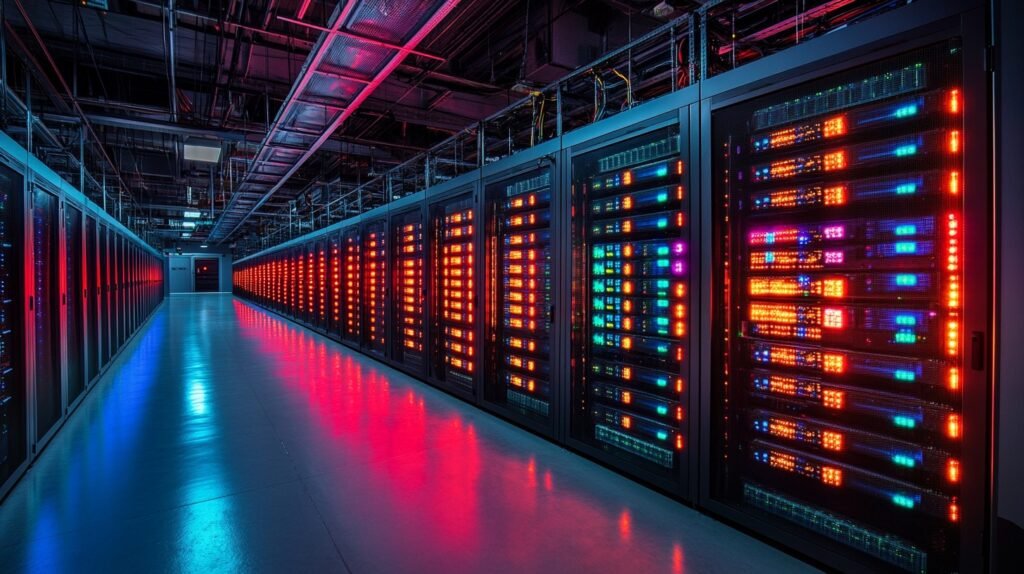
Cipher CEO Tyler Page called the move a major step forward:
We believe this transaction represents the first of several in the HPC space as we continue to scale our capabilities and strengthen our position in this rapidly growing sector.
A repeat of an August surprise
The news follows another deal in late August when Google became the largest shareholder in TeraWulf by taking a 14% stake through a similar obligation-backing agreement with Fluidstack. The pattern is clear: Google isn’t just dipping its toes into crypto mining—it is strategically aligning with companies positioned at the intersection of Bitcoin mining and AI infrastructure.
Why crypto miners are embracing AI
The trend isn’t unique to Cipher. Other Bitcoin mining firms are pivoting to AI and GPU-driven computing. Just this week, CleanSpark announced a $100 million financing round that will partly fund AI infrastructure. Investors rewarded the move, sending the company’s stock up by 5% in after-hours trading.
A mid-September analysis by The Miner Mag highlighted that Bitcoin mining stocks have been outperforming Bitcoin itself, largely because investors are favoring companies with GPU and AI pivots. Similarly, Hive Digital Technologies reported record revenue and earnings in August after expanding aggressively into GPU and AI services.
What this means for Google
For Google, the deal signals far more than just a crypto investment. It underscores the company’s strategy to secure massive computing resources for AI development at a time when demand for GPUs and high-capacity data centers is skyrocketing.
By securing a stake in Cipher Mining, Google gains access to an energy-intensive, high-scale infrastructure that can be repurposed for AI workloads, while simultaneously positioning itself as a central player in the evolving crypto-AI landscape.
Industry watchers now wonder whether this is just the start of a larger acquisition spree that could see Google entwine itself even deeper with crypto-centric high-performance computing firms. If so, the next few years could redefine the future of both Bitcoin mining and AI.
-

 Entertainment1 week ago
Entertainment1 week agoAlyssa Milano removes breast implants says she finally feels free and authentic
-

 Sports1 week ago
Sports1 week agoSeattle Mariners end 24 year drought as Cal Raleigh belts No 60 to clinch AL West crown
-

 Technology News1 week ago
Technology News1 week agoChina opens Shanghai digital yuan hub to rival US dollar but here’s the bigger plan
-

 Sports1 week ago
Sports1 week agoLionel Messi scores twice with assist as Inter Miami crushes New York City FC fans stunned by his masterclass
-

 Entertainment6 days ago
Entertainment6 days agoDolly Parton delays Las Vegas concerts by nine months citing health challenges but promises unforgettable return
-

 Politics1 week ago
Politics1 week agoUS Senate to grill Coinbase executive as crypto tax fight heats up next week
-

 Entertainment1 week ago
Entertainment1 week agoScarlett Johansson breaks silence on Colin Jost’s SNL future fans surprised by her answer
-

 Entertainment6 days ago
Entertainment6 days agoZoey Deutch engaged to comedian Jimmy Tatro after 4 years of dating with romantic beach proposal




























